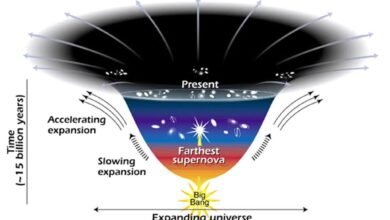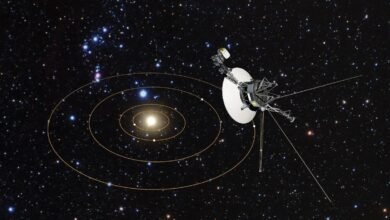What was it like when the first elements formed? | by Ethan Siegel | Starts With A Bang! | Dec, 2023

In the early stages of the hot Big Bang, there were only free protons and neutrons: no atomic nuclei. How did the first elements form from them?
One of the most remarkable achievements in all of human history is the discovery of the scientific story of how our Universe began, evolved over time, and came to be the way it is today. Back in the very early stages of the Universe, we experienced conditions known as the hot Big Bang: where everything is extremely dense, energetic, and rapidly expanding. In these early stages, there were no bound states — no atoms, no atomic nuclei, not even protons and neutrons — just a free, hot plasma of particles and antiparticles. As the Universe expands, however, it cools, and numerous things ensue from that, including:
By time the Universe is 3 seconds old, there are no more free quarks; there is no more antimatter; neutrinos no longer collide with or interact with any of the remaining particles. We have more matter than antimatter, more than a billion photons for every proton or neutron, a ratio of about 85% protons to 15% neutrons, all while the Universe has cooled to now be just a little but under ~10 billion K in temperature. But despite all of that cosmic evolution in only a few seconds, atomic nuclei — the determining factor in what element you are — cannot yet form. Here’s how that key step in our history occurs.
A whole slew of things happened during the first 3 seconds of the Universe’s history after the start of the hot Big Bang, but one of the last things to happen is most important for what comes next. The Universe, early on, was filled with protons and neutrons, which would — at high enough energies — collide with electrons or neutrinos to interconvert, or switch, from one type to the other. These reactions all conserved a quantum property known as “baryon number” (the total number of protons and neutrons) as well as electric charge, meaning…
Source link




